Principal, Chase Elementary
This post originally appeared in EdTechReview
While we have known, for years, that the dreaded Monday afternoon faculty meeting is a less than ideal environment for heavy duty staff development, we have still pretended that this is the only time that we can get everyone together to enhance the professional capacity of our teachers . . . until now.
We decided to leverage the newness of our Lighthouse status to abolish the traditional faculty meeting – forever. Chase was selected to be a Baltimore County Public Schools (BCPS) Lighthouse School, which means that during the 2014-2015 school-year it is one of the first schools in the system to receive individual digital learning devices for students; implement one-to-one personalized and blended learning; and create an innovative, comprehensive digital learning culture.
This year, we are also celebrating the 75th anniversary of our school. I can only assume that, in every one of those 75 years, traditional faculty meetings were held at least once per month. As much as I like traditions, this is one that, quite frankly, needs to take the same exit as the desks in rows phenomenon that has long plagued our classrooms. We talk about differentiating, personalizing and customizing instruction but then demand that teachers of all stripes meet at the same time for the exact same amount of time on the same exact Monday every month. Silly? Exactly.
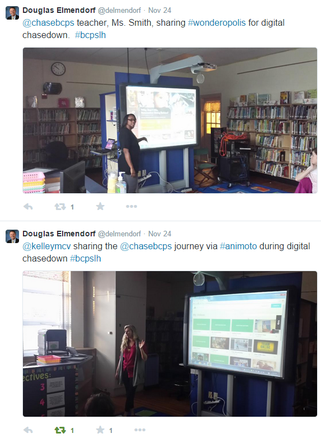
So, on the day that I am writing this article, the following tools were presented in 21 minutes – plickers.com, wonderopolis.org, readingbear.org, animoto.com, musictheory.net, symbaloo.com, and nearpod.com. Of course, we played the “Feel-Good Classic Soul” Amazon.com Playlist in between each presentation (http://amzn.to/1uSQIGR) to keep the momentum going! Sure beats the “Feel Bad Classic Lull” we’ve had in the past!
While I enjoyed my nap times as a teacher in traditional faculty meetings, I am glad that on at least one Monday per month I am able to chase down the most exciting things happening in our school to help prepare our students for their lives in colleges and careers.

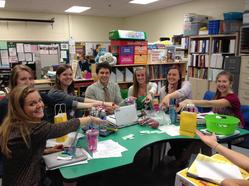
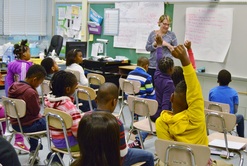
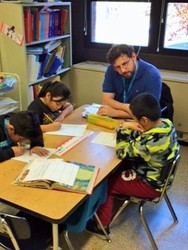
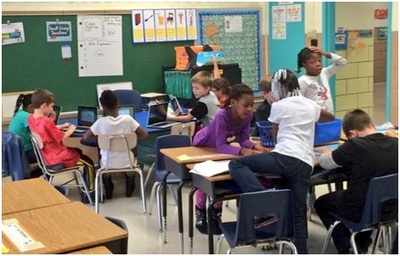
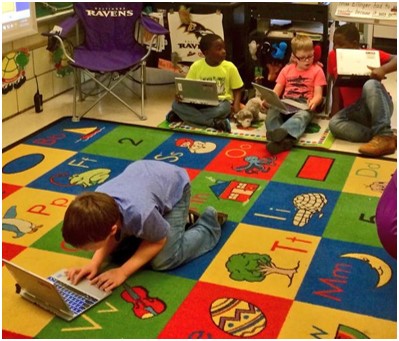
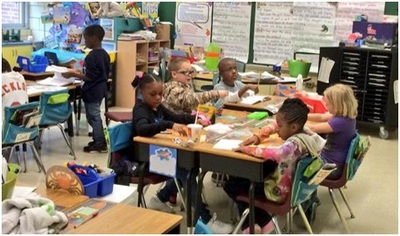
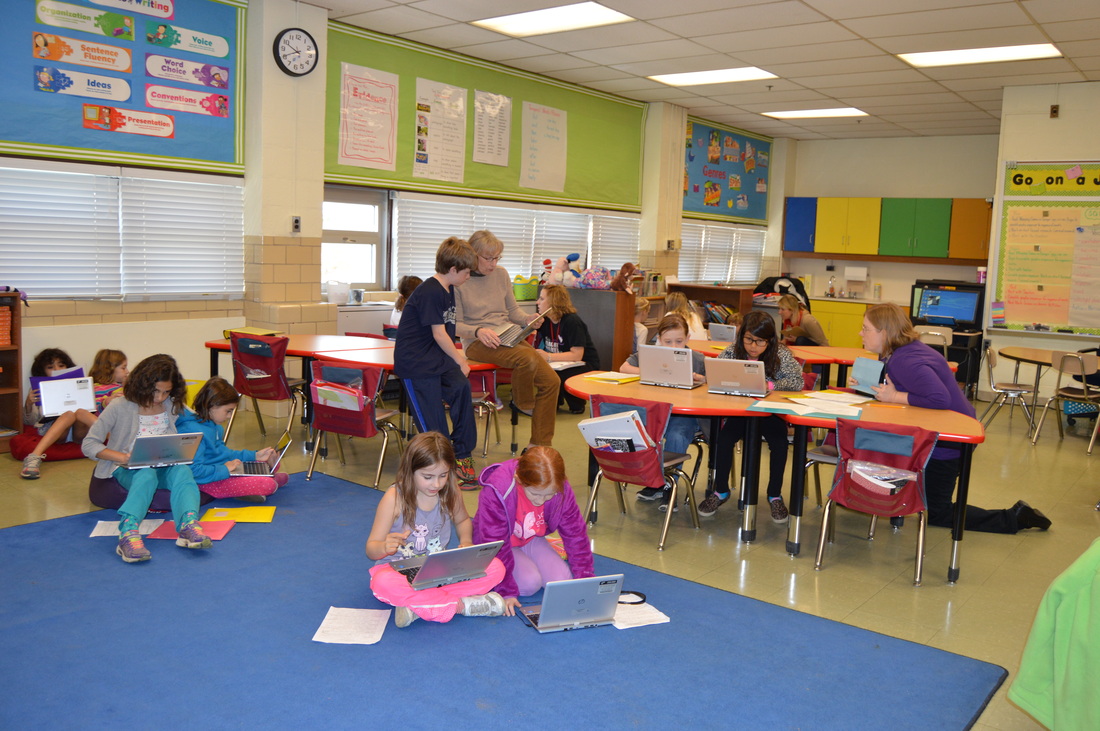
 RSS Feed
RSS Feed
